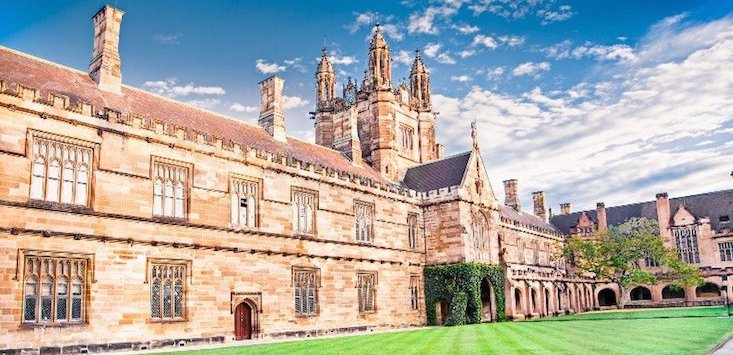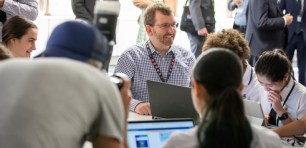
Source: The Mandarin
Pablo Bonilla Ataides — 21-year-old student from the University of Sydney — has attracted the attention of researchers worldwide, including Amazon, for a ‘simple but ingenious’ change to quantum error correcting code.
The science student has been able to tweak computing code that will effectively double its capacity to correct errors in the quantum machines being designed in the emerging technology sector.
And, his finding has researchers from the AWS Center for Quantum Computing and the quantum technology programs at Yale University and Duke University in the United States very interested.
Ataides, who is now an honours student, said that one of the reasons quantum technology remains in its infancy is because researchers have not been able to stabilise the machines that produce so many errors.
“In second-year physics I was asked to look at some commonly used error correcting code to see if we could improve it.
“By flipping half of the quantum switches, or qubits, in our design, we found we could effectively double our ability to suppress errors,” Ataides said.

Science undergraduate Pablo Bonilla Ataides. Source: University of Sydney.
The ‘switches’ in quantum computers, known as qubits, are particularly sensitive to interference, or ‘noise’, from the external environment. This feature differentiates quantum computers from classical computers whose digital transistors or ‘switches’ run the phones and laptops most people use.
In order to make quantum machines work, scientists need to produce a large number of high-quality qubits. This can be done by improving the machines so they are less noisy and by using some capacity of the machines to suppress qubit errors below a certain threshold in order for them to be useful.
That’s where quantum error correction steps in.
Yale University assistant professor Shruti Puri from the quantum research program said her team is interested in using Ataides’ new findings for its work. She said she was amazed by the ‘sheer elegance of the new code’.
“It’s remarkable error-correcting properties are coming from a simple modification to a code that has been studied extensively for almost two decades,” Assistant Professor Puri said.
“With this new code, I believe, we have considerably shortened the timeline to achieve scalable quantum computation.”
Ataides is named as the lead author in an article published today in Nature Communications.
Co-author Dr Steven Flammia, who recently joined the AWS computing effort from Sydney University, said Ataides’ findings will help the error correction techniques of AWS’ quantum hardware.
“The AWS Center for Quantum Computing team looks forward to collaborating further as we explore other promising alternatives to bring new, more powerful computing technologies one step closer to reality,” he said.
This article was first published by The Mandarin.
Handpicked for you

Let’s get fungible: Breaking down NFTs, where they’re sold, and why they’re exploding in popularity



COMMENTS
SmartCompany is committed to hosting lively discussions. Help us keep the conversation useful, interesting and welcoming. We aim to publish comments quickly in the interest of promoting robust conversation, but we’re a small team and we deploy filters to protect against legal risk. Occasionally your comment may be held up while it is being reviewed, but we’re working as fast as we can to keep the conversation rolling.
The SmartCompany comment section is members-only content. Please subscribe to leave a comment.
The SmartCompany comment section is members-only content. Please login to leave a comment.